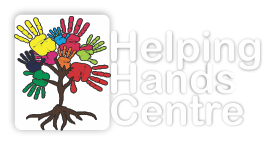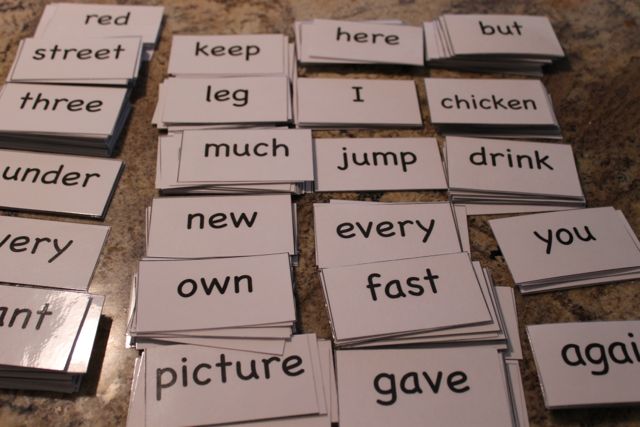Speech Therapy Exercises for Kids with Dyspraxia
If your child’s speech is not clear, one explanation may be the condition called speech dyspraxia, also termed verbal dyspraxia, apraxia or developmental articulatory dyspraxia.
A child diagnosed with dyspraxia may be unable to say certain sounds and have unclear speech or speech delay.
Speech dyspraxia
Speech dyspraxia results in unclear speech or speech delay because there is impairment of the voluntary programming of speech muscle movements. These difficulties do not occur with involuntary movements. For example, the child may be able to lick food with his tongue, but is unable to move the tongue to say the ‘l’ sound in a word such as ‘leaf’. The problem occurs when the brain tries to programme the speech muscles for a particular movement or sequence of movements – somehow that message gets scrambled. It’s likened to watching cable television without the right decoder. There is nothing wrong with your television set. It’s just that your television set cannot read the signal that the station is sending out.
With dyspraxia, the disorder occurs with the programming of the speech muscles to be positioned at a particular position for a particular sound, be it ‘m’ or ‘t’ or ‘s’, as well as the programming of the sequence of movements in the right order (e.g. to produce sounds in a word such as ‘ma- the- ma- tics’ in the correct sequence or order).
Signs and symptoms of dyslaxia
• A child with dyspraxia or apraxia may be able to say a sound or word at one time and not be able to say it again, especially on demand (“kelvin, say chair”).
• There might be different sound substituted, sounds may get jumbled up or left out, (e.g. ‘Teacher’s chair’ may come out as ‘eeeeesa ar’), or there may be no sound at all.
• A child may not be able to say a word when an adult is teaching it, yet say it later when he is playing alone.
• You may actually see the child struggling to get his lips and tongue in the right position. The process is effortful rather than subconscious.
• The child may seem to be screaming or shouting his words rather than saying them with appropriate loudness or pitch because of the effort required in ‘forcing’ the words out.
• The child may be able to say sounds correctly in short monosyllabic words, for example, when asked “What is this?” “bag”. However, speech becomes unintelligible in longer words or sentences, even if the same sound is involved (e.g. when trying to say a sentence “I saw a lizard at the zoo”).
These can be very frustrating for both the child and the parents. It is also often difficult for parents and teachers to understand because most children learn speech relatively uneventfully and speech becomes almost subconscious. It is important to remember the errors are involuntary. The dyspraxic child is not being difficult, lazy or silly.
Therapeutic exercise for a child with unclear speech due to dyspraxia
A child who has speech apraxia or dyspraxia will not simply ‘grow out of it’. Without speech therapy, the child’s speech may improve with age, but may still be filled with errors and be difficult to understand.Teachers or adults may underestimate the child’s ability because the child is not able to answer or speak immediately in response to a question. For children who receive speech therapy, all but the most severely dyspraxic should eventually be able to communicate verbally. In severe cases, other forms of communication may be necessary to supplement speech (e.g. electronic communication aids).
How speech therapy helps a child with dyspraxia
A speech therapy activities for dyspraxia includes some or all of the following activities;
• play / therapy activities where the child is encouraged and rewarded for speaking.
• learning activities for repetition of particular sounds or words so that the child will find it easier to say the sound (say the sound more subconsciously) and with increasingly less prompting.
•Activities for improving accuracy and speed of speech movements so that the child will be able to say sounds in long words or sentences as easily as in short words, and express ideas in sentences that are clear and understandable to others.
Tips for parents and teachers working with children with dyspraxia
It is important to seek diagnosis from a qualified speech pathologist / therapist so that you can all work together to help the child. Dyspraxia is a real speech problem. The speech errors are involuntary. The child is not being difficult, lazy or silly. You could think of a dyspraxic child’s speech difficulties as similar to difficulties we may have learning other physical skills, for example, playing paino, or balley dancing. You know there’s nothing wrong with your hands and legs, but you may not know where to place them just by watching someone else play or dance! Even after you learn a particular position, or step, it’s knowing how to do them all in the right sequence, and doing them fast enough, that is challenging.
• Practice, practice!- For the child with dyspraxia, just as for us learning music , dancing or swimming , there is no substitute for practice. Practice, practice, practice, until it all becomes second nature.
• Find fun speech activities that provide enjoyable opportunities for speech practice are among the most important things parents or teachers can do to help.Air Jordan 3 Blue Cement CT8532 400 Release Date 1 | womens air max 90 iron – 134 Air Jordan 1 High OG “University Blue” 2021 For Sale – 555088

